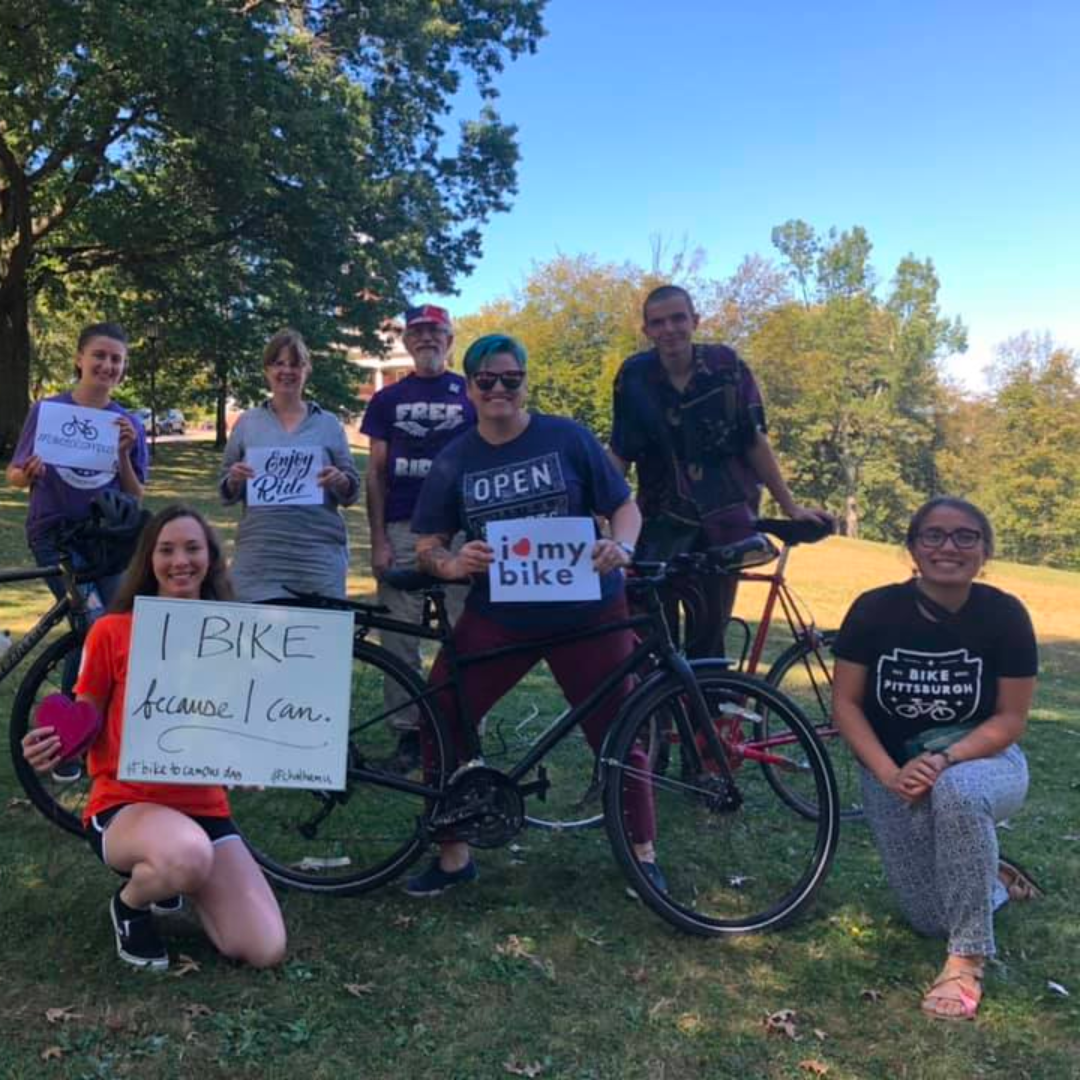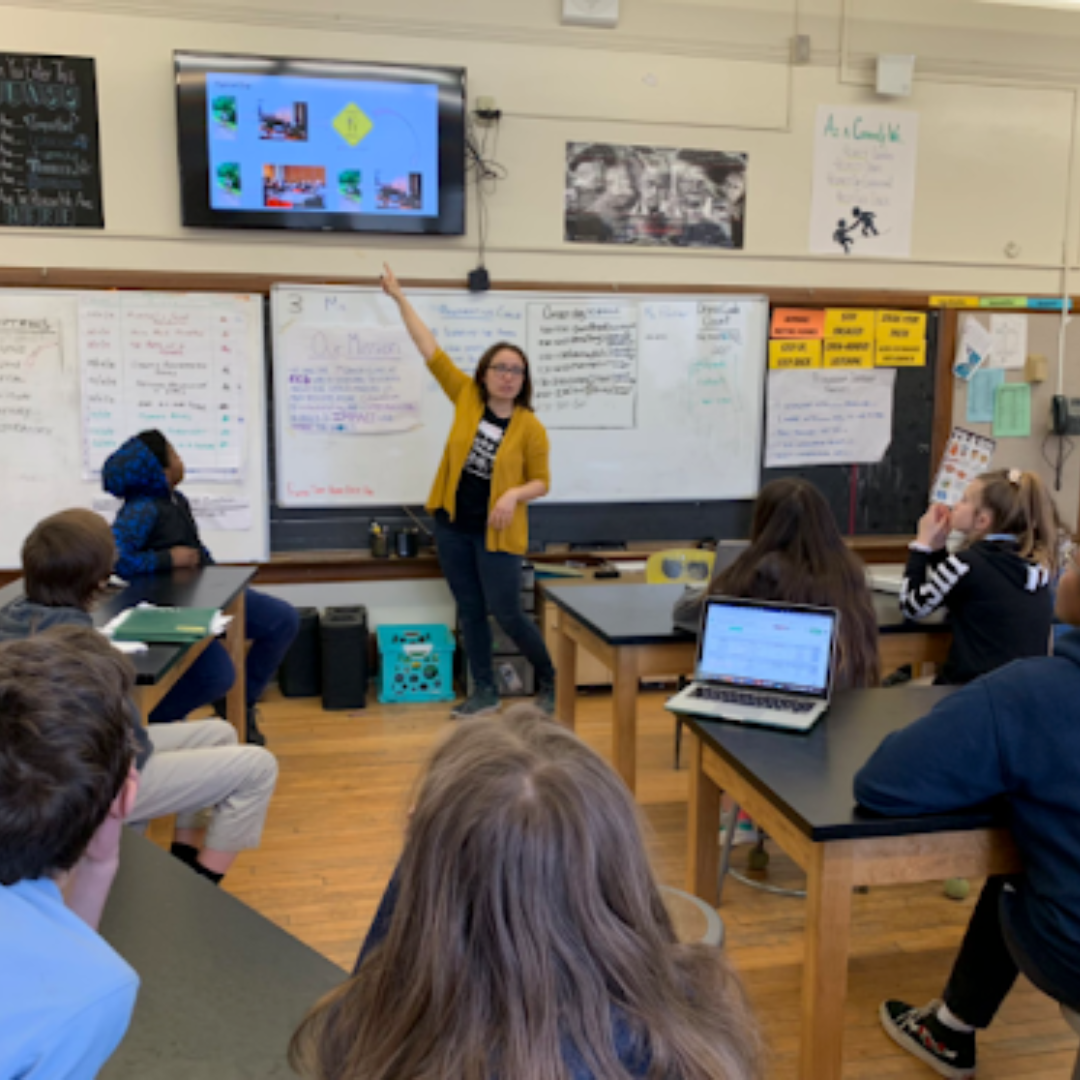DISCOVER YOUR LOCAL BICYCLING COMMUNITY
Find local advocacy groups, bike shops, instructors, clubs, classes and more!
How Local Advocates Have the Power to Change Their Communities from the Bottom Up
The League’s newest hire, Anna Tang, brings invaluable experience in community organizing and campaign planning to our team. As a follow up to her introduction, learn more about her work with local advocates on successful grassroots campaigns.
Bicycle Advocacy’s Greatest Strength is its People
 During my time in the advocacy world I have come to a realization: there is no singular way to be an advocate or a perfect route to achieving success. Advocacy encompasses an endless array of tactics that can be used to make a point, show support, or gather followers for a cause. However, there is a common link among all types of advocacy and that is the power of people.
During my time in the advocacy world I have come to a realization: there is no singular way to be an advocate or a perfect route to achieving success. Advocacy encompasses an endless array of tactics that can be used to make a point, show support, or gather followers for a cause. However, there is a common link among all types of advocacy and that is the power of people.
Across the country, people are advocating to make their communities safer for people biking and walking. No matter the size or location of the community, someone is thinking about how people are getting — or not getting — around. One of the biggest challenges for these advocates lies in building effective and persuasive calls to action.
How Pittsburgh Uses Bicycle and Pedestrian Committees to Advocate for Change
In Pittsburgh, Pennsylvania, with help from local non-profit BikePGH, many neighborhood groups focused on biking and walking issues have been forming over the past several years. In my former role as community organizer at BikePGH, I had the privilege of helping many of these groups form and watching them grow. These groups use grassroots advocacy, a bottom-up approach, to relay community needs and issues to their local government. This approach has been effective in the City of Pittsburgh because of its deliberative democracy format which prioritizes listening to the public and then using that feedback to select projects, allocate resources and division of labor for city staff and the city council.
Outside of Pittsburgh, in surrounding municipalities and Allegheny County at large, grassroots organizing has been effective because it allows the “roots”, like educators, advocates, parents, and neighbors, to express their needs to the “grasstops” like engineers, town councilmembers, school principles, and politicians. Organizing like this pulls together people to have conversations that don’t always happen organically. They use these networks to form coalitions with local, regional, and national groups to work together on shared goals.
 BikePGH’s community organizer role supports these groups by making resources like monthly advocacy meetings, quarterly all-neighborhood meetings with guest speakers, advocacy workshops, training, a monthly newsletter, social media groups, and a public meeting calendar available. Additionally, the local groups are encouraged to be active online through Google Groups, websites and social media, as well as share their own information publicly, to make it easy for new community members to get involved and stay informed.
BikePGH’s community organizer role supports these groups by making resources like monthly advocacy meetings, quarterly all-neighborhood meetings with guest speakers, advocacy workshops, training, a monthly newsletter, social media groups, and a public meeting calendar available. Additionally, the local groups are encouraged to be active online through Google Groups, websites and social media, as well as share their own information publicly, to make it easy for new community members to get involved and stay informed.
Advocacy at the National Level
Thanks to local grassroots advocates across the country, Bicycle Friendly Communities and networks of changemakers like those in Pittsburgh exist in all parts of the country. Advocates can use grassroots organizing techniques to mobilize and connect their communities to become stronger coalitions of support across regions, states, and the country as a whole.
By taking the framework the residents of Pittsburgh have used to start and sustain the bike movement at the hyper-local level, we can replicate this effectiveness in any city, town or community. The grassroots framework creates sustainable systems for continued advocacy throughout generations and iterations of leadership. It can also encourage people to get creative and use local knowledge to empower communities to work together on their biking and walking projects.
Big ideas like creating a Bicycle Friendly America for everyone can only be realized through local advocates and communities embracing the vision themselves and collectively creating a network of change-makers. Using a grassroots advocacy approach is one small way to build support, grow the movement, and sustain this work for generations to come.
Connect with the League
Does your community have a local way of organizing bicycle and pedestrian advocates in your community? Let us know! We’d love to hear from you! Just drop Anna a note to get started sharing your story.